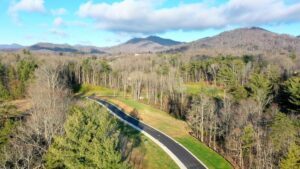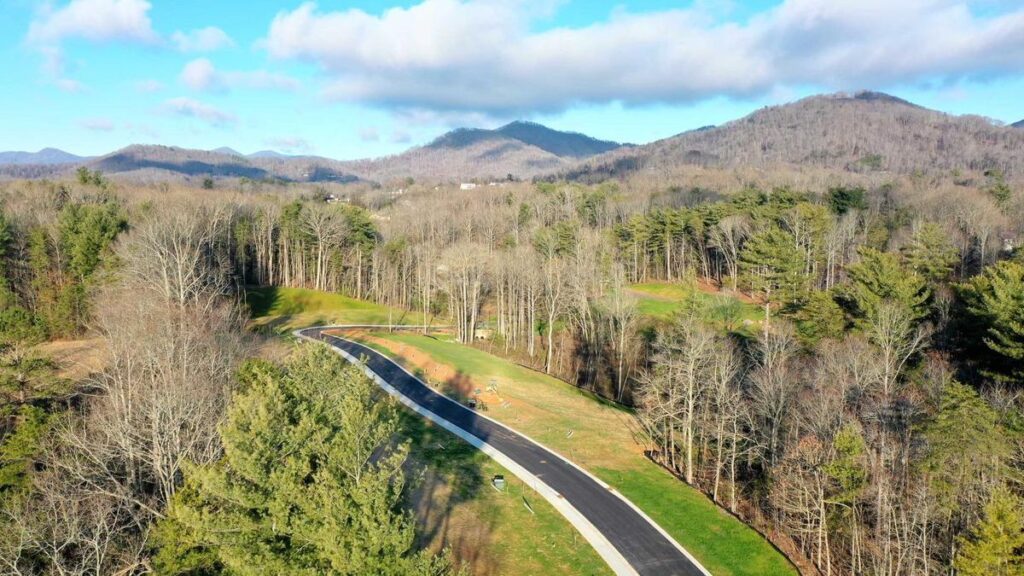The sustainable building sector is often seen as a luxury, but why not as a basic necessity?
Sustainable buildings, also known as green buildings, minimize the use of resources, reduce harmful effects on the environment, and provide healthier environments for people.
Limited-income communities suffer disproportionately from unsustainable buildings and are more likely to be occupants of homes that are unsafe, unhealthy and the least energy efficient.
The value of sustainability is gradually coming into focus within the communities most impacted, thanks in part to the help of programs that incentivize green-building certifications among affordable-housing developments. There are many organizations gleaming as beacons of how we can make shifts so that affordable housing and green building are no longer seen as mutually exclusive.
Shortage of affordable homes
As the nation faces a critical shortage of affordable homes, more than 10 million households are relinquishing more than half of their income towards rent. In Asheville, the need for affordable housing is glaring with more than 500 members of our community facing homelessness and even more people burdened with substandard housing.
With the present and urgent need for affordable housing for millions of families, some argue that the most viable solution is in multifamily developments such as apartments, townhomes, and condos. Not only does multifamily housing accommodate the most people, but it also is one of the most effective ways of building green affordable homes.
A study conducted by Southface Institute and the Virginia Center for Housing Research finds that green multifamily developments outperform non-green developments in terms of construction and development costs, energy and utility costs, and all-around resident satisfaction. When compared to non-green developments, green developments saved nearly $5,000 per year on utility costs. On average, energy bills are 12 percent lower, and the total operations and maintenance costs are 15 percent less expensive.
Overall, green-certified affordable housing is a win, win, win for developers, residents, and the planet.

Local endeavors
Communities and local organizations like Asheville Area Habitat for Humanity and Mountain Housing Opportunities are helping to fit the needs of affordable green housing in Buncombe County. This year, the City of Asheville has plans for more than 870 new affordable housing units and there are a few green-certified treasure troves on the horizon.
The Asheville Area Habitat for Humanity is not a new name in the local green-building world but now it is making waves with its newest and largest construction project to date. Appropriately dubbed, the New Heights neighborhood is in the works located in West Asheville off of Old Haywood Road. Habitat is building 98 houses to include both multifamily townhomes and single-family homes. It plans to be certified through Green Built Homes and is participating in the SystemVision program which is providing Habitat with the training and technical support needed to design and construct energy-efficient affordable homes ready to be green-certified.
By the same token, Mountain Housing Opportunities (MHO) has been providing hope for community members in need of environmentally sustainable and affordable housing in Western North Carolina since 1988. MHO’s newest construction is located in Swannanoa, offering 12 turn-key affordable townhomes, each 1,440 square feet for a cost of about $110 a square foot. Townhomes allow for a third more households on the same allotment which is a substantial factor considering the rising cost of available land as availability shrinks. Construction Supervisor Pat Hunt is overseeing that the townhome project will meet ENERGY STAR® certification requirements. The Swannanoa townhomes will also be participating in the Duke Power Progress program, HERO plus HERS score, which offers up to $6,500 in rebates for meeting a target HERS rating.
Additionally, MHO recently announced in March of 2021 that the Maple Crest Apartments at Lee Walker Heights are now leasing. The apartment complex will meet ENERGY STAR® V2 requirements and utilize Enterprise Green Communities as a reference guide during project planning and design. MHO has worked many green elements into the design including rooftop solar, LED lighting, low-flow plumbing, and a “cool roof” which means happier residents when it comes to their energy bill.
Green building and sustainable standards are the future of affordable housing and best of all, everyone involved benefits in some way. As a basic necessity, people deserve to live in homes that are safe, healthy, and built to last.
Watch a video tour of Asheville Habitat’s New Heights development here.
Annie McGehrin assisted with Green Built Alliance’s social media and website updates as a dedicated intern. She is passionate about green affordable housing and has been providing support for the Energy Savers Network program, a community-wide campaign to help low-income households become more energy-efficient.
You can also view this article as it was originally published on page 58 of the 2021-22 edition of the directory.


